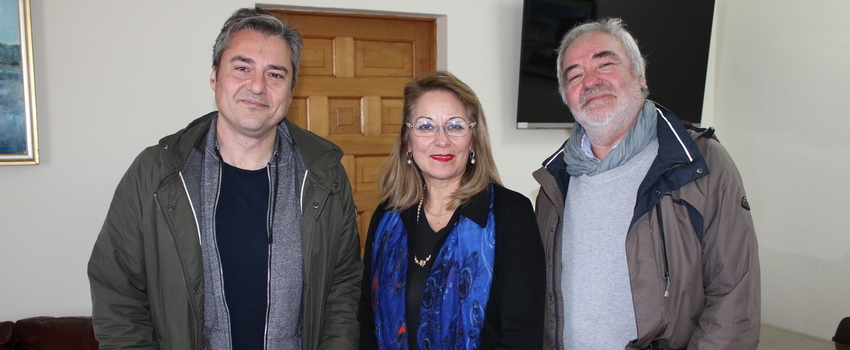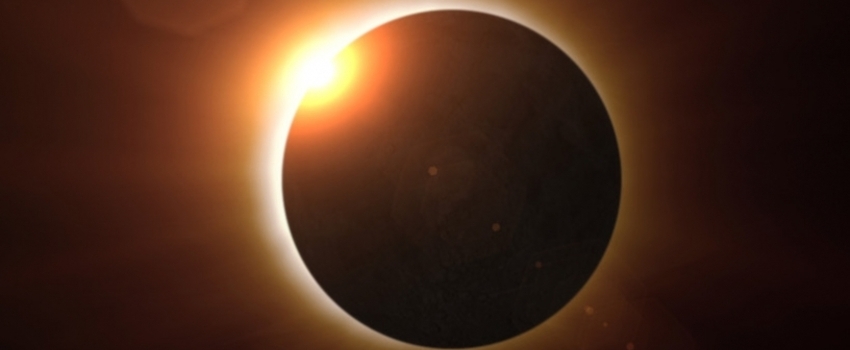
On July 2, 2019, a total solar eclipse will sweep across the South Pacific Ocean before blocking the Sun along a narrow strip of Chile and Argentina. This eclipse will pass directly over the National Science Foundation's (NSF) Cerro Tololo Inter-American Observatory (CTIO) in Chile. During the brief two-minute period of totality when the Moon completely covers the Sun, a team of astronomers from the National Optical Astronomy Observatory and students from the University of La Serena will try to detect the tiny deviation of starlight caused by gravity of the Sun and recreate an experiment originally done 100 years ago that made Albert Einstein a household name.
Albert Einstein published his General Theory of Relativity in 1915. One of his predictions was that very heavy objects with a lot of mass can bend space. Therefore, the Sun's gravity would bend the light from the stars behind it. Astronomer Arthur Eddington realized that this prediction could be tested during a total solar eclipse, when it is possible to see stars close to the Sun. If Einstein was right, stars that appear near an eclipsed Sun in the sky will appear deviated from their positions. normal.
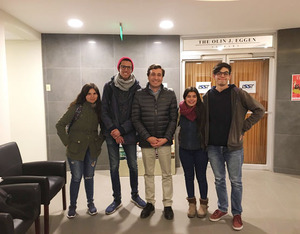
The solar eclipse of May 29, 1919 gave Eddington the opportunity to verify this prediction. To improve the chances of success, he assembled two teams to observe the eclipse, one in Africa and one in South America. The combined data from these two locations confirmed the bending of starlight and affirmed Einstein's theory.
Juan Seguel (CTIO), Rob Sparks (NOAO) and four students from the University of La Serena, Gabriela Bustos, Sebastián Suárez, Javier Segura and Ana León, will plan and execute the observations from the summit of Cerro Tololo. Using a Celestron Nexstar 11" Telescope with a Hyperstar and a high-speed ZWO camera, the team will photograph the Sun and nearby stars during the solar eclipse on July 2. The team will take calibration images before and after the eclipse, as well as many Images during the event to try to measure the very small predicted deviation of the starlight.
Later, the students, their teacher - astronomer Dr. Guillermo Damke - and a larger group of students from the Observational Astronomy class will analyze the images.
The University of La Serena, as a state and regional university, is committed to the work of sharing knowledge to improve people's lives. For this reason, it encourages its academic and non-academic members and undergraduate and graduate students to get involved in initiatives that link them with the community in 4 areas of action: training; scientific-technological discipline; productive economic-social; and artistic-cultural.
In the case of the work of the ULS students in the Ellington experiment, the connection is of a formative and disciplinary nature, with a high impact for the students, science, and the social appreciation of scientific contributions to the improvement of life.
As Ana says, “it will be a great challenge to reconcile our studies at the University with the necessary preparation and planning for the beautiful day.” And Sebastián hopes to take advantage of this opportunity to “apply everything we are learning as Astronomy students and gain experience for the future.”
"We are working very quickly to be able to obtain the necessary images with our team on July 2 and to measure the effect of gravity predicted by Einstein," explained Seguel.
The group is currently busy obtaining and testing the equipment needed to replicate the Eddington Experiment and is writing scripts to control the telescope and camera during the brief time of totality.
“One of the challenges facing this eclipse is that it occurs when the Sun is low in the sky; "Increased atmospheric distortion and low-elevation turbulence will make measurements substantially more difficult and may overwhelm the subtle bending of starlight," notes Sparks. Seguel adds: "We are aware that conditions are not ideal, but we believe that we should make the measurements commemorating the centenary of the experiment, and also prepare the group of Astronomy students with the technical details involved in this type of experience."
Even if the measurement is not successful this time, the team will have another chance on December 14, 2020, when another total solar eclipse will be seen from southern Chile. This eclipse will be much higher in the sky, giving a better opportunity to make the challenging observations necessary to repeat this historic experiment.
Being able to reproduce the experiment that confirmed Einstein's Theory of Relativity, a theory that changed the way science has been done ever since, and doing so at a major astronomical research institution like CTIO, is very motivating. Recognizing that the opportunity to get involved in something like this is rare, Gabriela is looking forward to July 2, when she and her fellow students “will find themselves in a place where science will develop and they will not just appreciate the eclipse as tourists.”
Whatever the outcome of the experiment, Javier's comment echoes that of everyone involved: "The 2019 eclipse will be a unique opportunity that cannot be missed!"
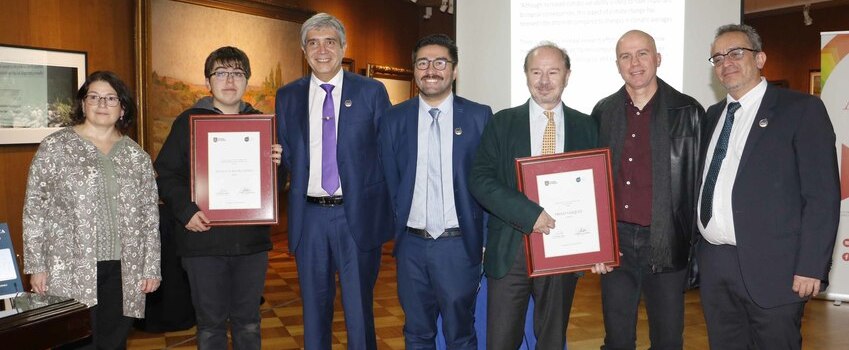
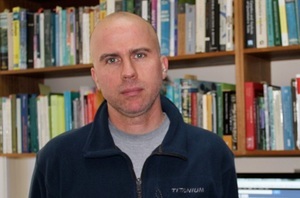 The article “Ecological and evolutionary impacts of changing climatic variability” is a collaborative work with academics Diego Vázquez (Universidad Nacional de Cuyo, Argentina), William Morris (Duke University) and Francisco Bozinovic (Pontificia Universidad Católica de Chile) and focuses on the impact that climate change has generated today.
The article “Ecological and evolutionary impacts of changing climatic variability” is a collaborative work with academics Diego Vázquez (Universidad Nacional de Cuyo, Argentina), William Morris (Duke University) and Francisco Bozinovic (Pontificia Universidad Católica de Chile) and focuses on the impact that climate change has generated today.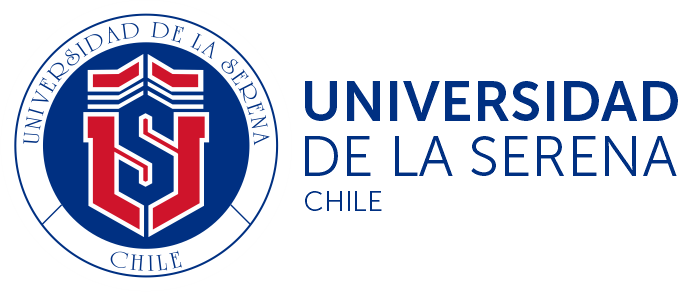
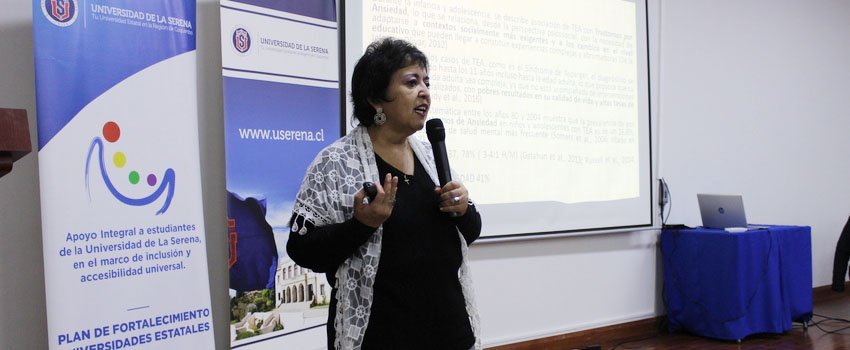
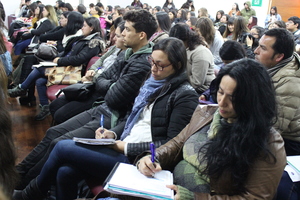 The conference “How to Care for a Student with Autism Spectrum Disorder (ASD) in the Classroom”, which was part of the MINEDUC-ULS 1799 Project “Comprehensive Support Plan for Students of the University of La Serena, in a framework of Inclusion and Universal Accessibility”, had the participation of academics, students with a graduation profile and officials from the University of La Serena and practicing teachers, as well as schoolchildren with disabilities, who had the opportunity to learn in depth about ASD, understood as a disorder of neurodevelopment in which genetic and environmental factors interact and which is characterized by disability in social cognition.
The conference “How to Care for a Student with Autism Spectrum Disorder (ASD) in the Classroom”, which was part of the MINEDUC-ULS 1799 Project “Comprehensive Support Plan for Students of the University of La Serena, in a framework of Inclusion and Universal Accessibility”, had the participation of academics, students with a graduation profile and officials from the University of La Serena and practicing teachers, as well as schoolchildren with disabilities, who had the opportunity to learn in depth about ASD, understood as a disorder of neurodevelopment in which genetic and environmental factors interact and which is characterized by disability in social cognition.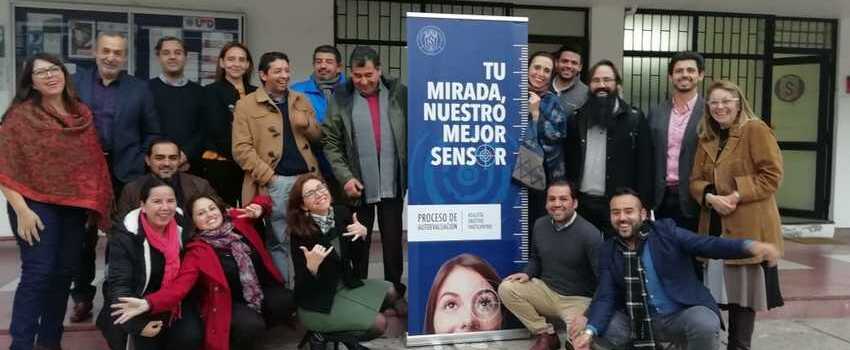
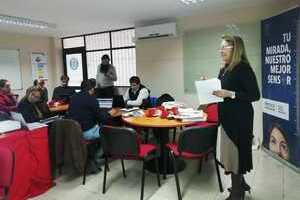 Nearly 20 managers, academics and officials shared the progress of the assigned tasks during the first session that was held on May 24, which consisted of the review of the Self-Evaluation Guide and the policies and mechanisms that will ensure the training of undergraduate.
Nearly 20 managers, academics and officials shared the progress of the assigned tasks during the first session that was held on May 24, which consisted of the review of the Self-Evaluation Guide and the policies and mechanisms that will ensure the training of undergraduate.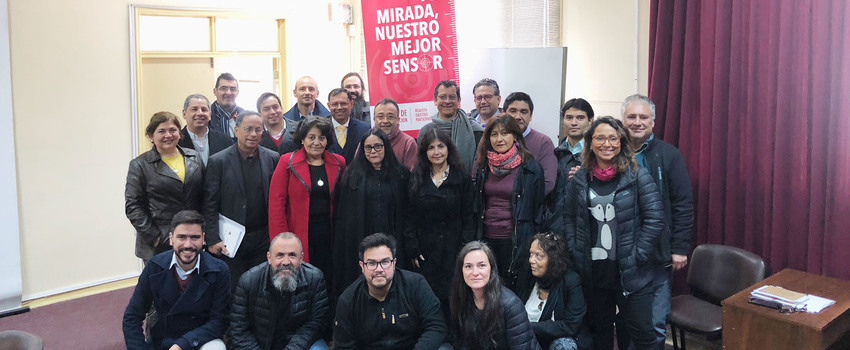
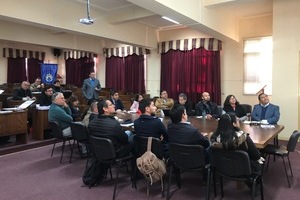 In the activity, the leader of the subcommittee, Mg. Carlos Varas, Director of Linkage with the Environment and Extension, presented the institutional model of linkage with the environment, which allowed the participants to review and understand the definitions, objectives and strategic axes in this matter, rescuing the bidirectional relationship that must exist in the areas of the task of linking with the ULS environment: training area, scientific-technological disciplinary area, economic-social productive area and artistic-cultural area.
In the activity, the leader of the subcommittee, Mg. Carlos Varas, Director of Linkage with the Environment and Extension, presented the institutional model of linkage with the environment, which allowed the participants to review and understand the definitions, objectives and strategic axes in this matter, rescuing the bidirectional relationship that must exist in the areas of the task of linking with the ULS environment: training area, scientific-technological disciplinary area, economic-social productive area and artistic-cultural area.